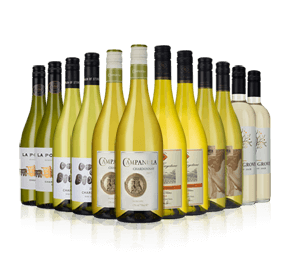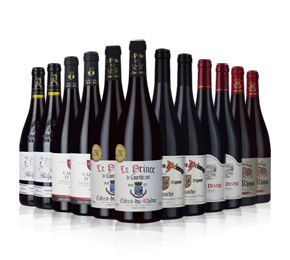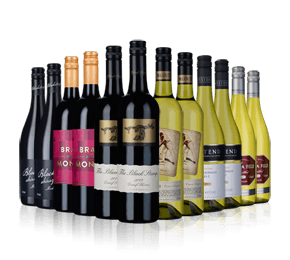- Home
- wine
Filter by
- Add a touch of elegance to your Christmas celebrations with these premium Italian reds – 33% off£107.94 per case£89.94/case
- £1099.00 per case
- Mature Bordeaux, barrel-aged Malbec, Sancerre and other classics from elite producers … just £14.99£179.88 per case£143.88/case
- £107.88 per caseSAVE £40.00£95.88/case
- £119.88 per caseSAVE £45.00£107.99/case
- £112.99 per caseSAVE £36.95
- £400.00 per caseSAVE £2000.00
- £112.35 per caseSAVE £85.50£97.35/case
- Portugal’s pride and joy grape, barrel-aged to smooth perfection in this luscious big red.£11.99 per bottleSAVE £2.50
- Opi Sadler is called ‘The Magician’ for a reason. Taste his 5-star fruit-filled Malbec to see why£13.99 per bottle£11.99/bottle
- Black as sin, seductive and velvety, Rex Mundi will tempt you with its gorgeous, ripe fruitfrom £10.99 per bottlewhen you mix 6+SAVE £24.00
- Packed with passion fruit freshness, Split Rock is a top-selling Kiwi Sauvignon for good reasonfrom £11.99 per bottlewhen you mix 6+SAVE £36.00
- Deliciously fresh and appetising Pinot Grigio, great value too. One of our bestselling whitesfrom £8.99 per bottlewhen you mix 6+SAVE £12.00
- Every vintage The Gooseberry Bush hits the mark for flavour and value - super fresh and citrusy.from £6.99 per bottlewhen added to 12 other bottlesSAVE UP TO £72.00£7.49/bottle
- Bright, peachy, citrusy Chardonnay from top-value Portugal and an excellent winemaker£2.70 per bottle
- Once a crazy idea, now a 5-star favourite. a rich, velvety Portuguese red from a top winemakerfrom £11.99 per bottlewhen you mix 6+SAVE £12.00
- from £9.99 per bottlewhen you mix 6+SAVE £12.00
- The spicy, velvety fruit of southern Italy's prized Primitivo in this much-loved customer favouritefrom £10.99 per bottlewhen you mix 6+SAVE £24.00
- Our No.1 bestseller – a red charged with big, spicy Durif and Shiraz, and packed with velvet fruitfrom £10.99 per bottlewhen you mix 6+SAVE £24.00
- Our No.1 bestseller – a red charged with big, spicy Durif and Shiraz, and packed with velvet fruit a£12.99 per bottle£10.99/bottle
- Rich, rounded, yet crisp southern French white. As delicious as the much-loved red edition£11.99 per bottle£9.99/bottle
- Our most reordered red, a big southern French Grenache with velvety berry fruit and rich herby spice£12.99 per bottle£10.99/bottle
- from £8.33 per bottleSAVE UP TO £22.01£6.99/bottle
- Magnificent Grande Marque Champagne - gorgeously concentrated fruit flavours. and fine bubbles£0.00 per bottle




























